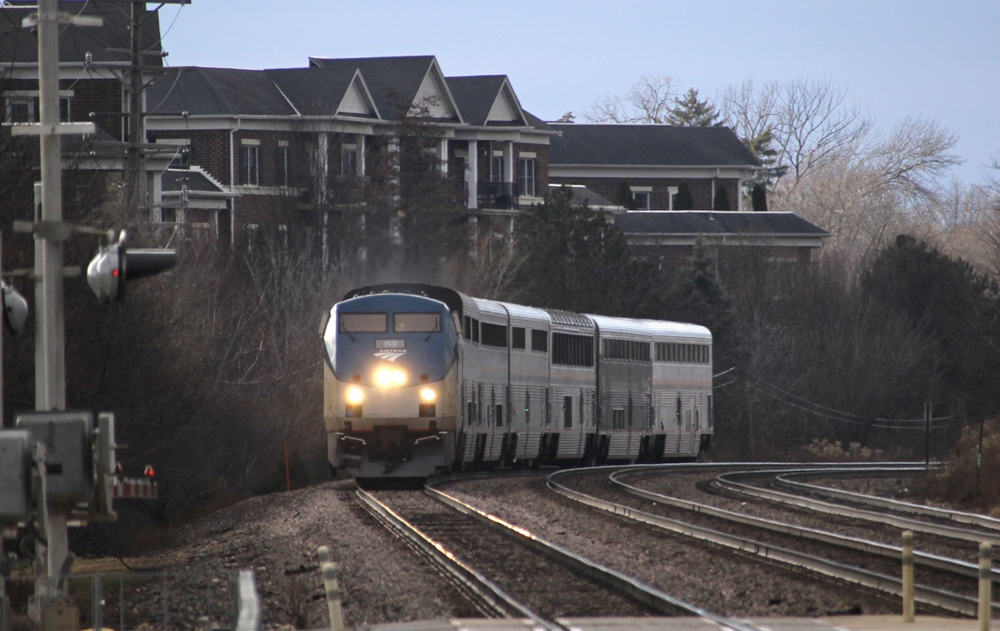
CHICAGO — None of the individual delays that befell numerous cross-country Amtrak trains during the last week were as lengthy or dramatic as the 37-hour ordeal experienced by more than 500 Auto Train passengers on Jan. 12.
But recurring tardiness on several routes, coupled with reduced equipment availability triggering sellouts and high fares, has posed ongoing issues for the reliability and relevance of the national network.
The main culprit
Traffic congealed by disabled freight trains or temporarily closed by severe weather play havoc with an operation in which operating personnel are stationed at far-flung bases. Once crew turn patterns are interrupted for an extended duration, adverse effects are likely to last for days.
Blockage by a CSX freight derailing in South Carolina forced the southbound Auto Train to detour on the railroad’s ex-Seaboard “S Line” in that Jan. 12 event. That route is staffed with only enough qualified engineers and conductors to handle one daily train, the Silver Star, not Amtrak’s 50-car hybrid or the daily Silver Meteor and Palmetto, all manned out of the Fayetteville, N.C., crew base on CSX’s “A Line.”
The lack of an action plan to care for Auto Train’s marooned passengers during the long delay it took to position a qualified and rested crew prompted a Jan. 18 letter to Amtrak CEO Stephen Gardner from four U.S. Senators.
With one set of Auto Train equipment out of position, both departures were canceled the following day to “reset” the service; it has been mostly been running on time ever since.
Other long-distance woes
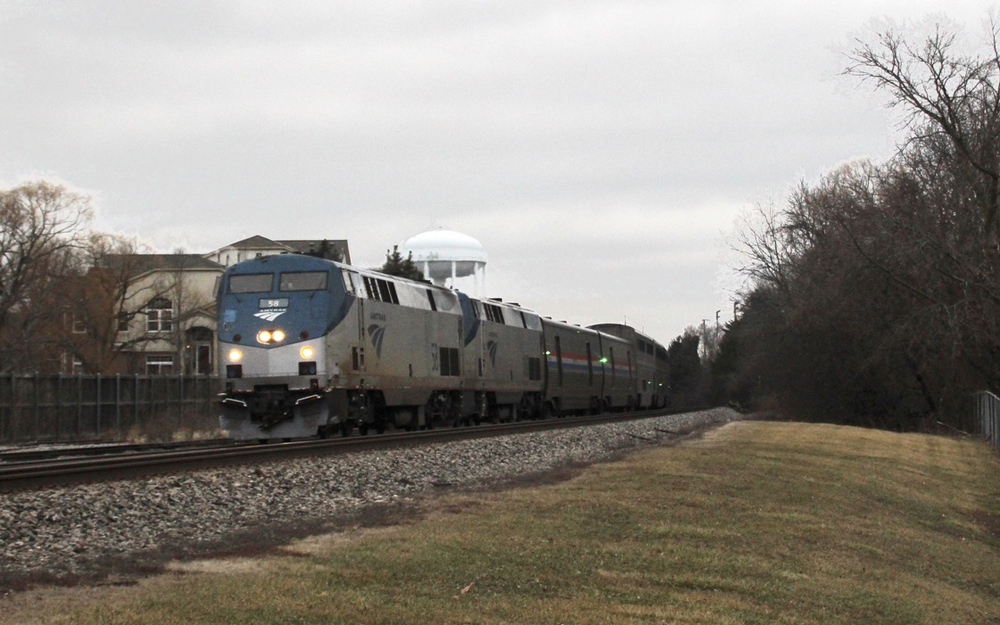
Though Empire Builder passengers weren’t victimized by the cancellations that occurred around the Christmas holidays [see “Weather cancellations impact Amtrak …,” Trains News Wire, Jan 6, 2023], the train did have issues this week. A 12-hour delay caused by a disabled BNSF Railway freight west of Spokane on Jan. 19 meant there was no equipment for that day’s eastbound Builder out of Seattle and Portland, Ore. Those trains were canceled. So was the westbound departure out of Chicago on Jan. 21, because Amtrak now lacks enough serviceable Superliners to act as a Windy City “protect” fleet for its western trains.
The California Zephyr hasn’t had any outright cancellations, but numerous westbound departures have suffered serious en-route delays that have affected eastbound counterparts. The train that left Chicago on Monday, Jan. 16 lost 3 hours due to a locomotive failure before its first stop and another 12 hours west of Denver waiting for a recrew, and for boulders to be removed from the right-of-way. It was finally annulled at Sacramento, Calif., running 16½ hours late. That permitted its cars and locomotives to turn back to Chicago the same day, rather than miss a timely eastbound departure after completing the westbound’s off-schedule trek to the Bay Area.
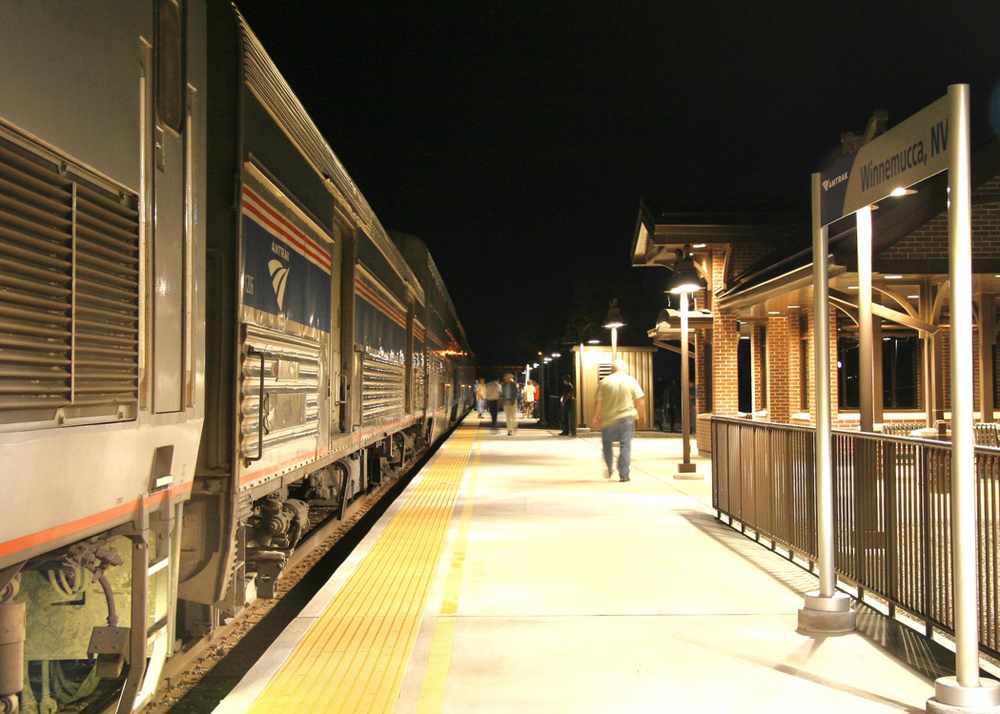
The Zephyr leaving Chicago on Jan. 19 was held for 6 hours at Winnemucca, Nev., after getting stuck behind a disabled Union Pacific train; following more congestion delays, it eventually limped into Emeryville, Calif., more than 12 hours late at 4:58 a.m. this morning (Sunday, Jan. 22). After servicing and rest for the Chicago-based onboard crew, today’s eastbound train No. 6 departed at 4:20 p.m. instead of the scheduled 9:10 a.m.
“Amtrak alerts” notifications on Twitter and the company’s website attribute “mechanical issues” as the reason for delays to long-distance trains every day. In addition to Zephyr issue cited above, recent examples are two eastbound Capitol Limiteds leaving Chicago on Jan. 17 (more than 2½ hours late) and Jan. 20 (over 5 hours late, after the locomotive broke down just outside the station).
Missed connections
Network connectivity has been hurt by flooding-caused bridge damage to the Coast Starlight route south of San Luis Obispo, Calif. [see “Union Pacific’s line on California coast remains shut down …,” News Wire, Jan. 18, 2023]. Norfolk Southern’s Monday-through-Thursday cancellation of the Atlanta-New Orleans portion of the Crescent is the result of an annual route outage. Buses provide alternate transportation on that segment through Feb. 16. The company has scheduled daytime trackwork in January and February over the last decade, but at least this year Mardi Gras falls the week after the work is set to conclude.
Not all trains arrive late, but when they are extraordinarily delayed, Amtrak incurs substantial expenses accommodating passengers who miss their connections. Between Monday, Jan. 16, and Saturday, Jan. 21, the Zephyr, Builder, and Southwest Chief each had at least one train that arrived into Chicago more than 7 hours after their scheduled mid-afternoon arrivals. If delayed, the average for each route’s eastbounds hovered in the 3- to 4-hour range, enough to miss most Midwest Corridor connections.
On the other hand, two Chief and Empire Builder arrivals were early and one California Zephyr was only 1 hour, 10 minutes late, so on-time performance is possible.






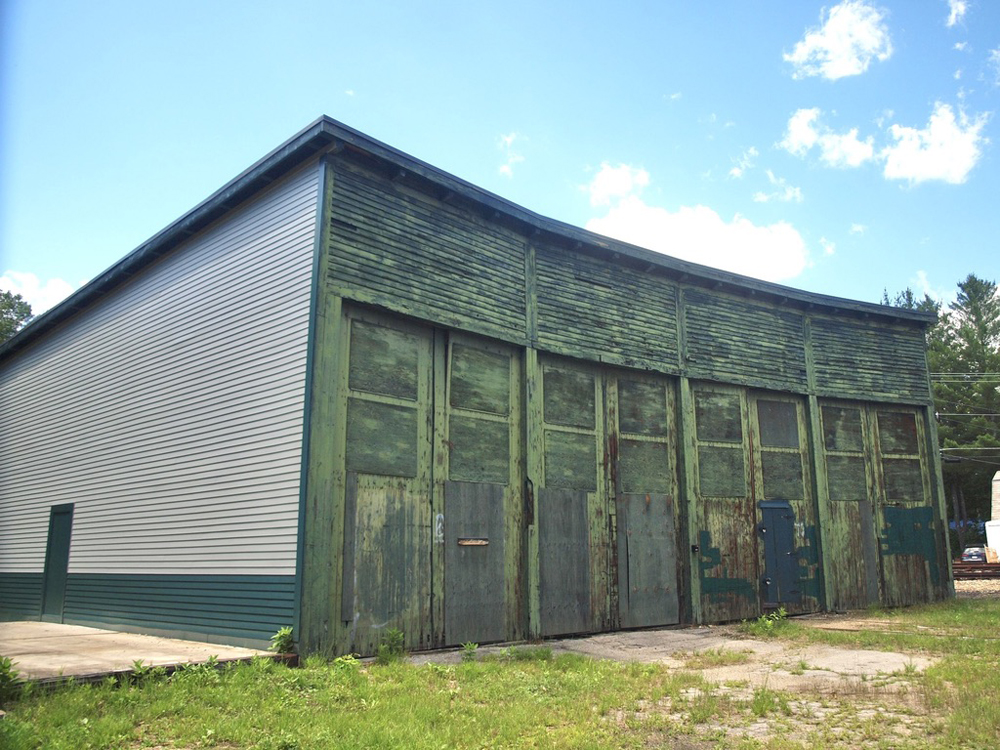
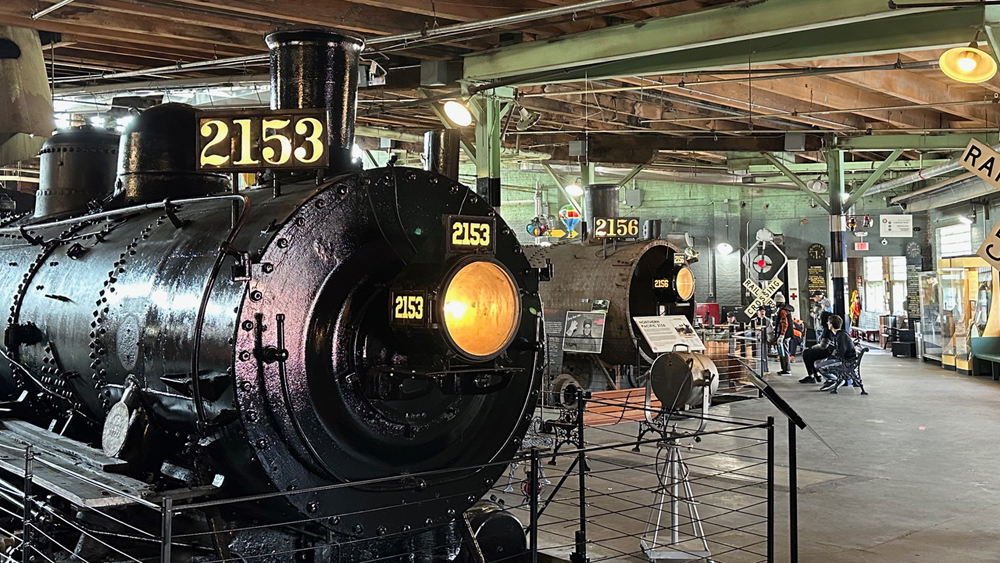
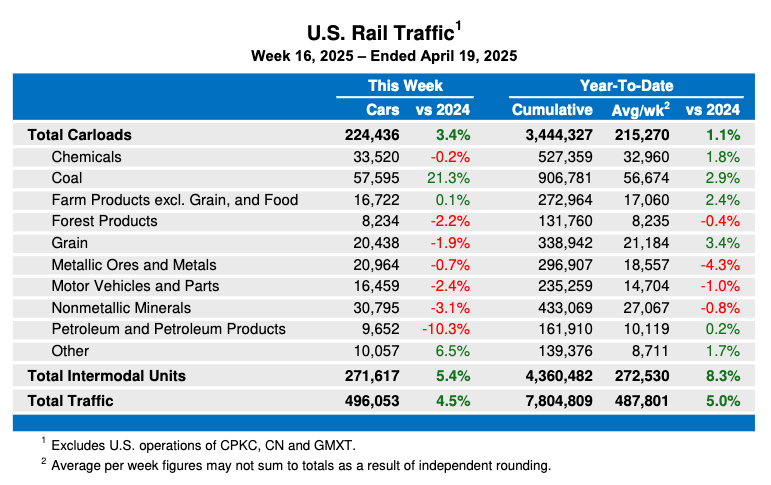





As they say, “when in a hole, stop digging.” Is it not time to finally acknowledge Amtrak is in a hole; and has no traction, no matter how many millions the feds have thrown at it since 2020. Why were those funds not used for the intended purpose to maintain equipment, run trains, and maintain skilled employees?
Given the fact we must contend with an inexperienced, small town mayor as a complete novice as Secretary of Transportation, who is just as uninterested in passenger rail as his predecessor was focused on her family’s shipping business; it is time to drive the issue directly to the House of Representatives to take appropriate action, including:
-Immediately freeze all commitments for Amtrak funding re new routes and equipment until the current corporate management and Board of Directors are dismissed.
-“Claw back” the absurd bonuses to corporate management that Congress was not even informed about, nor consented to.
-Retain an external accounting firm to perform an intensive audit of how Amtrak devised its accounting system in defiance of GAAP (Generally Acceptable Accounting Procedures); how Amtrak cleans-up the excessively high costs of its Northeast Corridor by allocating such costs incorrectly to the long distance and state-supported sectors.
-Identify that despite Amtrak’s own devised cost formula (PRIIA 2009) for state-supported routes under 750 miles, the states along the Northeast Corridor have received a free ride and were not charged for their twice per hour intercity trains in both directions between Washington-Boston (just 457 miles).
-To what extent were the worst possible decisions to reduce schedules and buy-out or lay-off seasoned operational/maintenance employees attributable to the basic lack of railroad experience in the corporate management and Board; how the dearth of competent and correct decision-making has caused the inordinate delay in conducting scheduled maintenance on equipment; cancelling trains; reducing consists; for the lack of experienced T&E crews, on-board staff, and maintenance/repair; what has been the dollar cost for recruitment and training?
Amtrak cannot be allowed to drag its feet to wait out corrective action buying time until 2024. Who in their right mind would pay the excessive fare in this atmosphere?
As usual, Mr. Singer, you are right on the money with your biting comments. Would that any with authority and interest to change the things you cite take up your cause. There was a hearing led by two Republican Senators a while back that grilled Gardner and Coscia about those bonuses. And nothing seems to have come of it. And let’s remember the out of term Coscia retained his Board Chair position thanks to, per one of your previous posts, none other than a U.S. Senator with a huge fat blue D next to his name, Charles Schumer. How ironic and disgraceful is that? Another NEC-centric eastern liberal.
Flying naturally is faster and quicker if flying between the major hubs or major cities. However the time one saves by flying is lost when getting from the airport to their final destination. Not every airport in every city has a dedicated or convenient transit line be in rail or bus to the inner or downtown section of that city or evven to the suburbs for that matter. Driving 50 or more miles from your home to the airport can be a hassle or tiring. some towns in this country are not served by Uber or Lyft. So for all the time saved by flying between two cities is easily lost getting from the airport to the final destination. This is an issue that has not been addressed properly in most places and when proposals or ideas to build transit links from local areas or downtown hubs to the airport it either ends up on the back burner or faces opposition and protest from local groups not wanting any transit lines either rail or bus going through their neighborhoods
Joseph C. Markfelder
The management and personnel that ran decent long distance passenger trains in the early and mid-20th century are needed now more than ever. However, their souls are in another dimension as their remains are interred.
Just another chapter out of Amtrak mgmt playbook to undermine the performance of the LD network to discourage ridership & drive down their ridership numbers which if operating at normal capacity would be sold out & probably surpassing pre-covid ridership. That would have made Amtrak mgmt numbers fudging more difficult & reflect the lame recovery of the NEC. If Amtrak truly kept all the mech staff on during covid with the money Congress gave them shouldn’t they have used that time to work on maintenance & repair backlogs? Why are there no equipment shortage impacting service on the NEC & AutoTrain? It rings a familiar tone to the tactics the RR’s used to drive off psgrs so they could justify eliminating routes.
For the four years ended September 30, 2022, the long-distance trains had operating losses of more than $2 billion. What does it take for politicians and officials to realize that running one frequently late train a day makes no sense.
Excuse the expression, Amtrak sucks!
Why do people do this to themselves? The Zephyr that left Emeryville on Sunday was about 7 hours late before it even turned a wheel. Who knows what time they will arrive in Chicago a couple of days later. If they had flown, they would have been in Chicago by lunch time and for far less money if they were travelling by sleeper and less hassle. I realize not everyone is going to the end of the line but certainly most people have an airport with commercial service within 50 miles of their destination. I live 50 miles from the nearest commercial airport and there are a couple of options for getting home from there. I’ve given up on using my Guest Rewards credit card because I doubt that I will ever use Amtrak LD trains again. I will use my balance on the NEC traveling 1st class on the Acela then no more Amtrak for me.
Amtrak has for along time been the canary in the coal mine for rail. It’s been ignored and now freight is showing the same failures. So let’s all fly Southwest this Christmas.
Seriously, We have no transportation policy in this country other than build more freeways, and even that is now past improvement. While private enterprise does some things well, under current finacialist ideology too many parts of our economic life have broken down. And these are having long term economic, social, and political consequences. Time for the pendulum to swing back the other way.